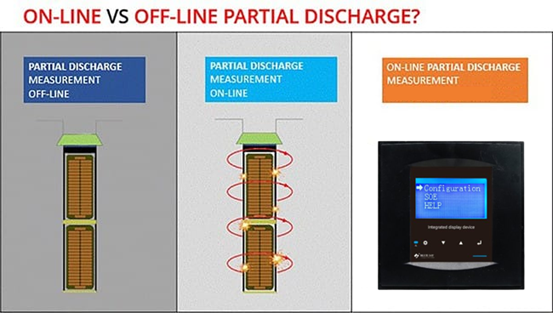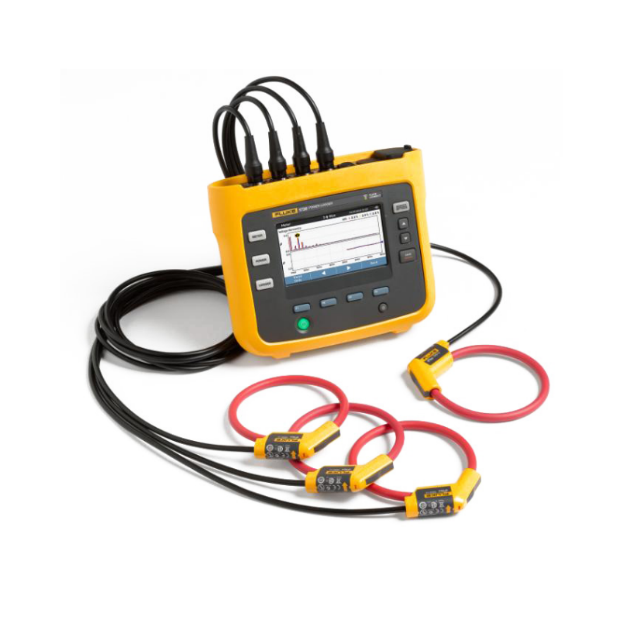What is synchroscope? This article will introduce synchroscope from synchroscope definition, synchroscope construction, synchroscope working principle, types of synchroscope, and synchroscope application.
Definition
A synchroscope is an instrument used in power systems to synchronize operations. Its primary function is to indicate the phase difference and frequency difference between two AC power sources, assisting operators in achieving synchronized connection of power sources. Synchroscopes play a crucial role in power systems, especially during the grid connection of generators.
Synchroscope Construction
A synchroscope mainly consists of the following parts:
Dial and Pointer: Used to indicate the frequency and phase difference.
Measuring Circuit: Includes voltage and current sensors to detect the electrical parameters of the two power sources.
Indicating Mechanism: Drives the pointer mechanically or electronically to display the synchronization status.
Adjustment Device: Used for tuning and calibrating the synchroscope.
Synchroscope Working Principle
The working principle of a synchroscope is based on comparing the frequencies and phases of two AC power sources. When the frequencies of the two sources are identical, the pointer of the synchroscope points to zero, indicating synchronization. If the frequency or phase differs, the pointer deviates from zero, displaying the frequency and phase difference. By observing the position of the pointer, operators can determine when to connect the generator to the grid.

Types of Synchroscope
According to the synchroscope working principle, it can be divided into a moving iron synchroscope and an electrodynamic synchroscope.
A moving iron synchroscope operates on the principle of electromagnetic induction. It uses a moving iron piece that moves between two coils to indicate the phase difference. This type of synchroscope is simple in structure and low in cost but has lower accuracy, making it suitable for basic synchronization applications.

An electrodynamic synchroscope uses a motor to drive the pointer and measures the phase difference through the electromagnetic force between two coils. This type of synchroscope has high accuracy and stability, suitable for applications requiring precise synchronization.
According to the indication method, it can be divided into analog synchroscope and digital synchroscope.
Analog synchroscopes use traditional pointers and dials to display the synchronization status. Their advantages are intuitive and easy-to-read displays, but their accuracy is limited and they are susceptible to external interference.

Digital Synchroscopes
Digital synchroscopes use digital displays and microprocessors to measure and display the synchronization status. Their advantages include high accuracy, strong anti-interference capability, and the ability to provide more data information, such as frequency, phase difference, and synchronization trends.

Synchroscope Application
Synchroscopes are widely used in power systems, mainly in the following areas:
Generator Synchronization: Before connecting a generator to the grid, a synchroscope is used to ensure that the generator’s frequency and phase match the grid, preventing inrush currents during synchronization.

Grid Maintenance: During grid maintenance, synchroscopes are used to ensure the synchronization of different power sources, maintaining the stability of the power system.
Industrial Control: In industrial power systems, synchroscopes monitor and adjust the synchronization status of multiple power sources, ensuring the continuity and stability of production processes.

In summary, synchroscopes play an essential role in modern power systems by accurately measuring and indicating the synchronization status of power sources, ensuring the safe and reliable operation of the power system.






